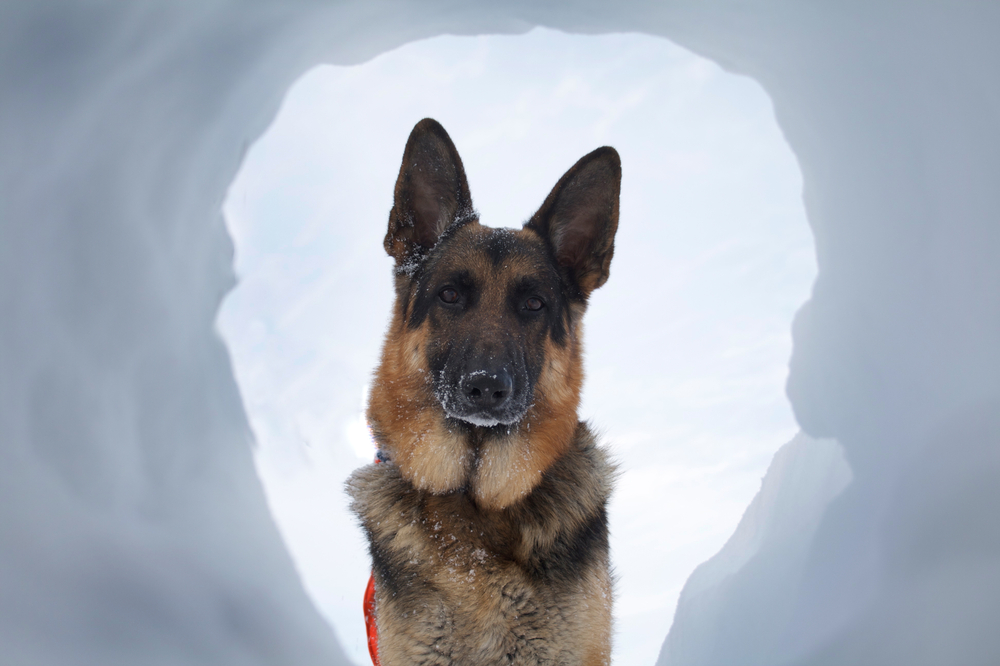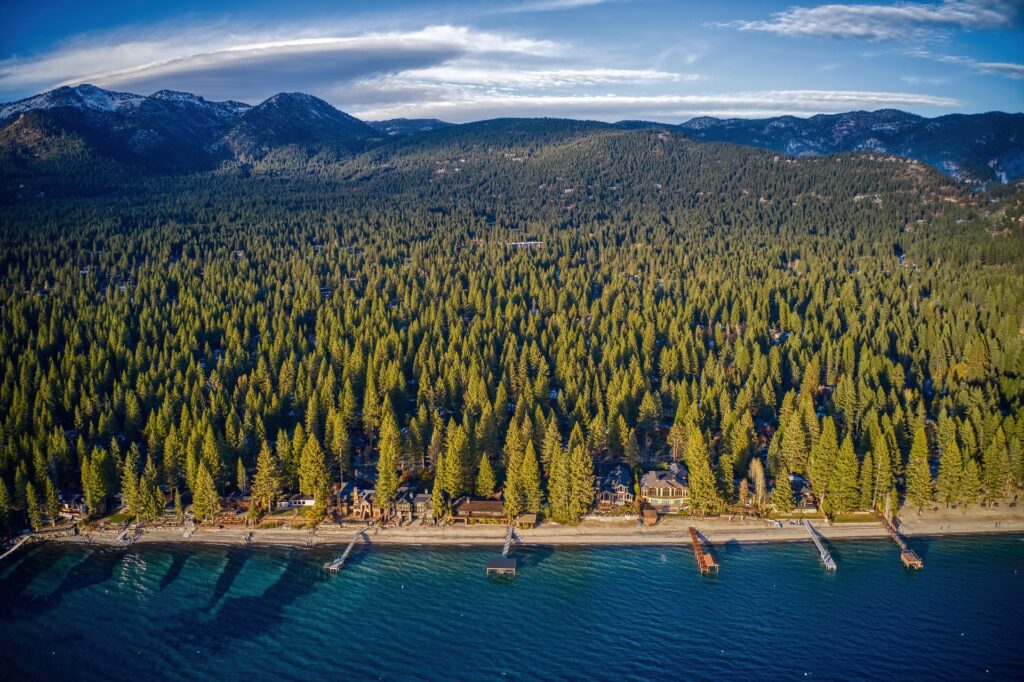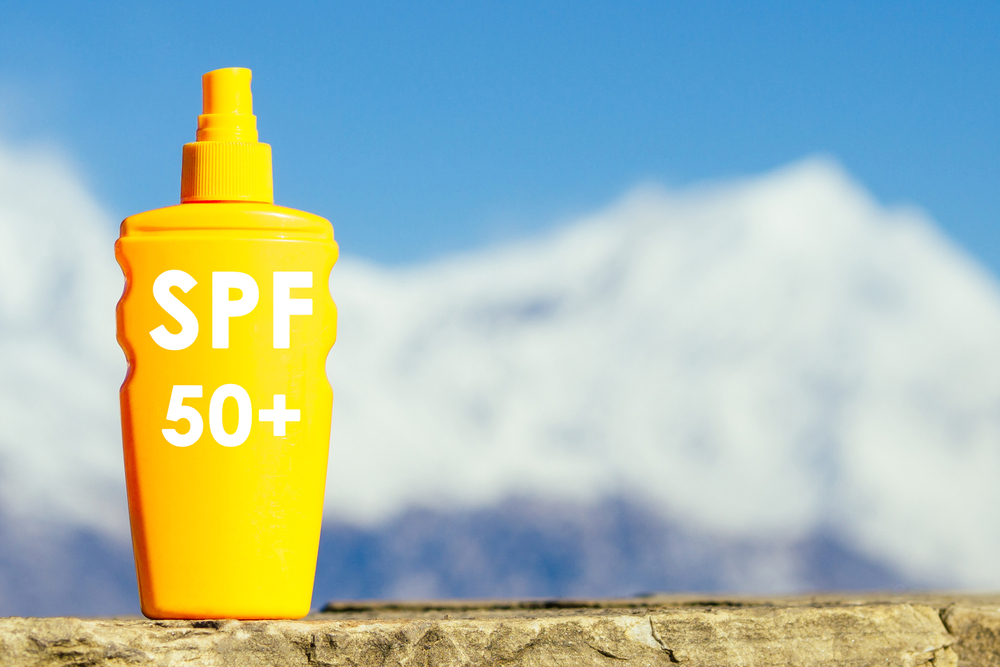The familiar “all work and no play” cautionary maxim must instinctively apply across species because observing a playful pack of uniformed, off-duty avalanche rescue dogs is a true delight.
Contrary to the mental image one might conjure up of these canine heroes—the stoic mountain dog honorably sporting the official white cross on red vest—when not working, these dogs are as much a pack of frolicking fun as any you see at your local dog park- wrestling and chasing each other even with their work vests still on!
It was both a revelation and even a relief to see that these noble heroes were still, at the core, fun loving and joyful pups. From talking to their handlers, I learned that the renowned discipline that enables them to instantaneously shift from playful pup to emergency responder is rooted in the strong foundation of mutual respect and trust that that they have with their human partner.
When they’re on duty, these dogs have a serious job. On average, 10,000 avalanches are reported every year in the United States. But researchers estimate that it is more likely that 100,000 avalanches occur every year, with most going unreported. On average from these avalanches in the U.S. there are dozens of fatalities. According to avalanche forecasters, nationally avalanche dogs have been responsible for a number of live rescues but unfortunately, far more search and recovery missions.
Time and expertise is of the essence and it is the highly attuned and synchronized team of dog and handler that succeeds in the rescue program because a rescue dog is only as strong as its human wingman out in the search field. Dog handlers must have an extensive knowledge of avalanches and have tirelessly trained their dogs via burial drills that are as realistic as possible.
A basic practice drill for an avalanche dog would include one to two people being buried in the snow in terrain that reflects possible avalanche paths. In early training, the buried “victim” is usually the dog’s beloved handler. “It is essentially an endless game of hide and seek for the dog,” says Andrew Hennigh with Mt. Rose Ski Patrol. Once the young rescue dogs succeed in finding their owners, they are then trained via positive reinforcements a.k.a. treats to rescue random “victims” based on scent.
Avalanche dogs are specifically trained to find humans buried in snow and ice that has formed as a result of the slip of a layer or slab on snow that has become loose from its foundation of snowpack. When snow accumulates, it falls in layers, which form a foundation- like a multi-layer cake, or a stack of dinner plates. Sometimes due to weather inconsistencies; the layers of snow can become instable resulting in slab slip or collapse.
In the event of a snow avalanche, what enables dogs to be better first responders than humans? The answer is scent and speed. These highly trained dogs are much more efficient at finding avalanche victims than we are. For example, one dog can do the job of over 150 people in a probe line, which involves a row of rescuers repeatedly inserting avalanche probes and advancing through the suspected location of the victim.
In fact, a trained avalanche dog can search a square half-mile area in less than twenty minutes where it would take 3-4 hours for a course probe search to happen in that same area. Human chance of survival in a full burial avalanche decreases by 50% after just thirty minutes, so in a life or death rescue effort timing is everything.
These dogs are all certified avalanche rescue dogs, in order to be a certified avalanche rescue dog they must pass rescue tests. Each state has its own standards and qualifications for their dog programs. Though these organizations are distinct and may have a few differences in their standards, the overall goal is the same, a “Live Find”.
Each year the dogs and their handlers must pass a test that may include finding multiple buried victims, articles of clothing and other miscellaneous items that may exist in an avalanche path. To pass this teat, the dog and handler must find all victims in less than twenty minutes.
Recognition of the importance of rescue dogs traces back to as early as the late 1600s when Swiss monks would travel through the Alps of Switzerland and Germany to their different monasteries and frequently a St. Bernard would lead the way. In addition to leading the way, the St. Bernards would often find fallen brethren; soon the Monks began to send the St. Bernards out with a rescue barrel attached to their necks to find and rescue the missing Fathers.
In these early accounts of mountain rescue dogs, there is the story of ‘Barry’ from the early 1800s, the most famous of the breed later to be call St. Bernard, who – according to the administration of the monastery, saved more than 40 people from freezing to death. There are testimonies about monastery dogs that could warn of an imminent snowstorm or avalanche, and numerous stories of people who were found deep in the snow, thanks to the intelligence, good sense of direction, and excellent nose of the dogs. It is documented that between 1750 and 1940 the monastery dogs saved and assisted some 2,500 travellers. It wasn’t until the 1930s that the Swiss Army began to train canines specifically to rescue people caught in deadly avalanches. St. Bernard dogs were soon replaced with shepherds and retrievers, as they travel well, are very intelligent and possess an instinctively high work ethic.
In northern Nevada ski territory most mountains have a dog team. Mt Rose’s team has one of the best-known teams in the Sierras. This team at times has been comprised of a number of dog handlers, grown dogs- usually golden retrievers, sometimes border collies and often pups in training. It has been reported that at any given time the ski resort is open there is at least one dog on shift, often two and on the weekend it’s likely that all of the available dogs will be working. Working, when there isn’t the rare emergency, means training. The dogs will routinely practice loading up and riding the chair lifts, snowmobiles and conducting practice rescues outside of the ski patrol shack and elsewhere on the mountain. Mt. Rose encourages visitors to stop to observe these training drills when they notice one, it is both entertaining and reassuring to see these dogs working so hard to keep us safe.
Avalanche Safety
Pay attention to the following red flags:
- Recent Avalanches
- Signs of Unstable Snow as You Travel
- Cracking or Collapsing Snowpack
- Whumping sounds
- Hollow Drum-like sounds on hard snow
- Heavy Snowfall or Rain in the Past 24 Hours
- A big snow or rainstorm can make the snowpack unstable. Avalanches are often triggered the first clear day after a storm.
- Wind Blown Snow
- Significant Warming or rapidly increasing temperature.Warm temps + gravity can cause shelves of snow to creep downhill and become unstable.
Avalanche safety tips to avoid being caught in or creating these dangerous events:
- The best way to avoid an avalanche is to take precautions from the get-go. Every ski mountain in the west has a local avalanche center. All snow-based recreation participants should be attuned to the weather forecast, current snowpack conditions and the avalanche danger rating before venturing out for the day. Consult the forecast research in the area that you’re planning to visit and don’t allow skiers’ “fresh snow” or “powder fever” to overrule better judgment.
- Everyone trekking into the snowy wilderness — snowboarders, skiers, snowmobilers — should be carrying an avalanche survival kit containing a snow shovel, a beacon that is worn on the body, and a probe. High-tech probes work hand-in-hand with the beacon to locate a victim and can even poke air holes in the snow to help victims breathe until they can be rescued.
Avalanche safety tips if you are caught:
- At the first sign of an avalanche thrash around as if your life depends upon it — because it does. Thrashing, or “swimming,” can help you stay atop the slide and the snow, making survival more likely.
- Get off the roll or grab at anything you can to pull yourself off of it
- Lose your skis poles or snowboard if you can
- Roll OVER onto your back, feet downhill. Fight hard, swim hard, grab anything you can, dig into the surface.
- Thrust some part of your body up as the avalanche slows or even before, like your arm, try to make an airspace around your mouth with you other hand. If you’re lucky, your gloved hand could be sticking up above the snow to help rescuers find you.
- Try to remain calm.
- If you are caught and buried in snow and disoriented spit so you know via gravity which way is up and hopefully out.
Sierra Avalanche Center: Recorded Advisory (530) 587-3558 Ext. 257



